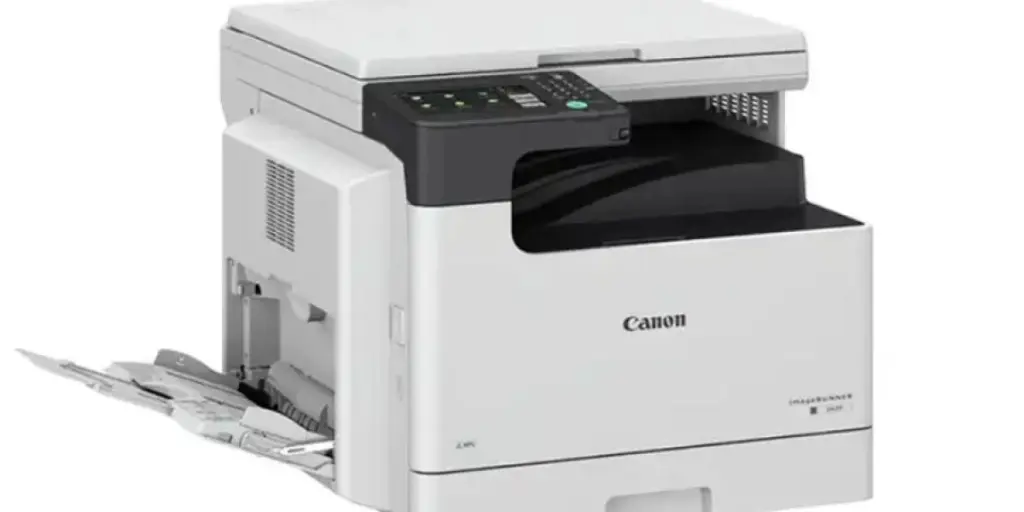In the dynamic landscape of business technology, laser printers have emerged as pivotal tools, evolving significantly by 2024. These devices, known for their precision, speed, and efficiency, have become indispensable in various business settings, offering unparalleled print quality and operational reliability. With advancements in technology, modern laser printers now offer a range of features from enhanced connectivity to eco-friendly operations, catering to the diverse needs of businesses. As these printers continue to evolve, they not only streamline office workflows but also contribute to cost-effective and sustainable business practices, marking a significant leap from their predecessors. This evolution reflects a commitment to innovation, meeting the ever-growing demands of a fast-paced business world.
Table of Contents
1. Laser printer varieties and their applications
2. 2024 laser printer market: trends and insights
3. Key factors in laser printer selection
4. Top laser printer models of 2024
5. Conclusion
Laser printer varieties and their applications
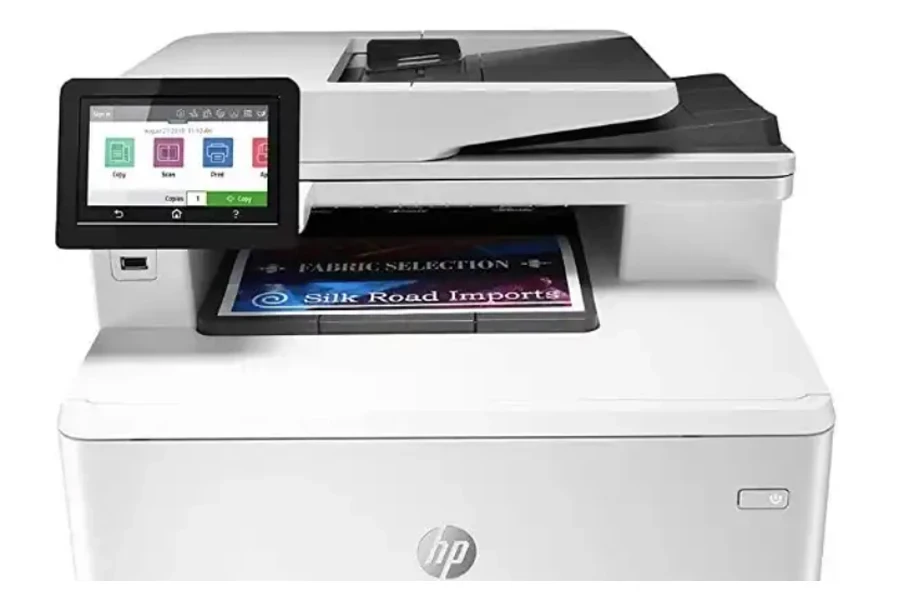
Monochrome vs. color laser printers
The choice between monochrome and color laser printers is pivotal in aligning with business objectives. Monochrome laser printers, renowned for their high-speed output and lower cost per page, are particularly suited for businesses that primarily deal with text-based documents. These printers offer unparalleled efficiency in printing large volumes of documents like reports, invoices, and memos, making them a mainstay in sectors such as finance and legal services.
Color laser printers, with their ability to produce vibrant, detailed color prints, are indispensable in industries where visual presentation is key. These printers are increasingly being adopted by marketing agencies, real estate firms, and design studios, where color-rich brochures, presentations, and promotional materials are frequently produced. The latest models have significantly improved in terms of print speed and color accuracy, making them a more attractive option for businesses that previously relied on outsourcing color print jobs.
Specialized printers for diverse business needs
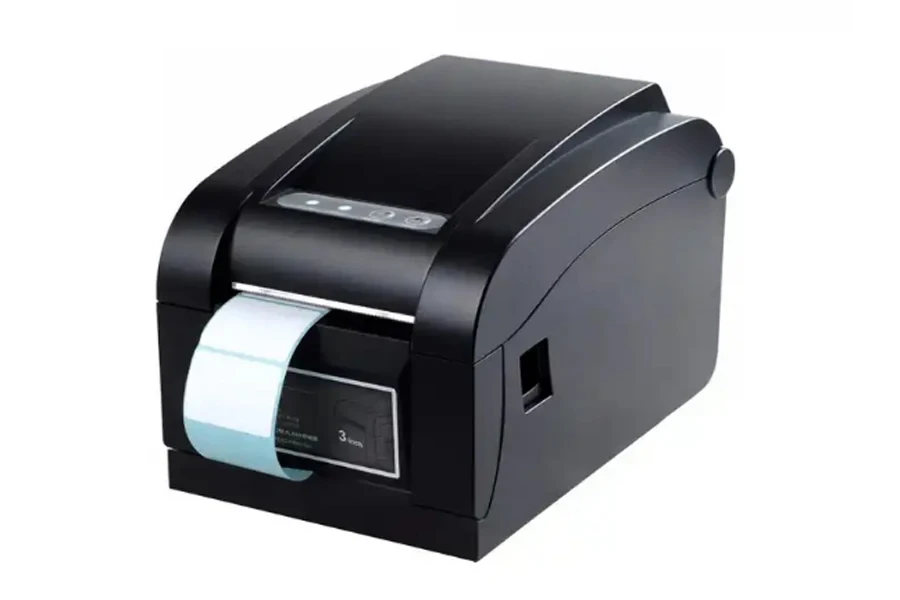
The laser printer market has evolved to include specialized models tailored to unique business requirements. For instance, compact laser printers, which prioritize space-saving without compromising on quality, are ideal for small businesses and home offices. These models often come with features like wireless connectivity and mobile printing, enhancing their convenience for users with limited space.
For larger organizations with more demanding print needs, high-capacity laser printers offer robust performance. These models are built to handle extensive print jobs with high durability and minimal maintenance, making them suitable for busy office environments and commercial printing facilities. Some of these high-capacity printers also feature advanced security protocols, ensuring the confidentiality of printed materials, which is crucial for sectors like healthcare and government.
In line with recent technological trends, some laser printers now incorporate eco-friendly features, such as energy-efficient designs and the use of sustainable materials. This shift not only aligns with global environmental concerns but also offers long-term cost savings for businesses, making these printers a prudent choice for forward-thinking organizations.
2024 laser printer market: trends and insights

Current market dynamics
The laser printer market in 2024 presents a dynamic and evolving landscape. Recent insights reveal a market characterized by significant growth, with a diverse range of segments contributing to its expansion. The laser printer market is experiencing significant growth and transformation. According to a report from Mordor Intelligence, the printer market, which includes laser printers, is projected to expand from USD 51.98 billion in 2023 to USD 64.93 billion by 2028. This growth represents a Compound Annual Growth Rate (CAGR) of 4.55% during the forecast period from 2023 to 2028.
This expansion is driven by several factors, including technological advancements, changing customer needs, and the expansion of new printing markets. The demand for printers is influenced by trends such as mobile printing, the growing need for color printing, and the increasing market for entry-level products like A4 printers. Additionally, the evolving ecosystem of inks, particularly in inkjet printing, is contributing to market growth. The introduction of hybrid UV/water systems and the continuous growth of LED inks are notable developments in this area.
The market’s size and revenue streams have seen substantial increases, reflecting the growing importance of laser printers in both commercial and personal settings. This growth is not just limited to traditional markets but is also evident in emerging economies, where the adoption of laser printers is accelerating.
Consumer demand and technological advancements
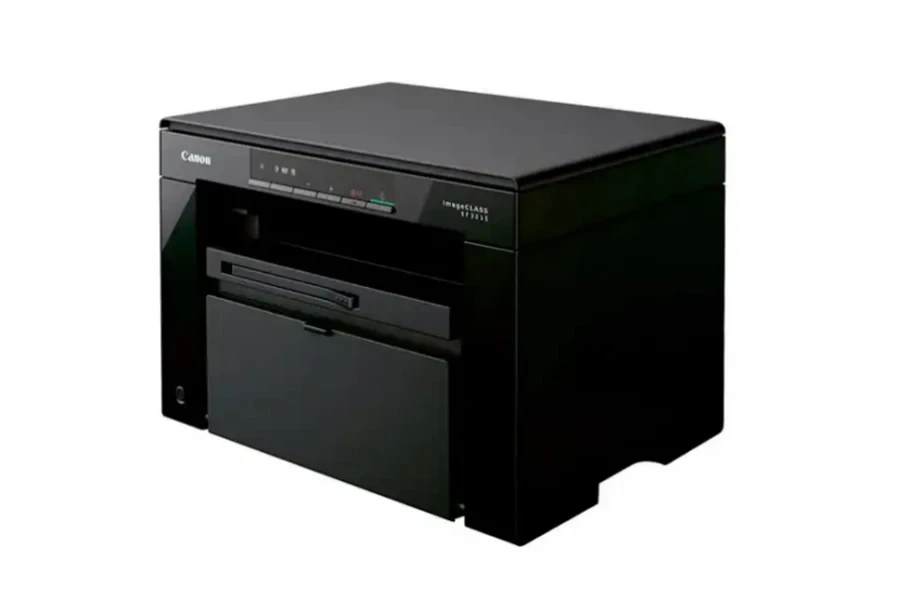
Consumer trends in 2024 show a marked preference for advanced laser printers that offer high efficiency, durability, and cost-effectiveness. This shift is largely driven by the evolving needs of businesses and individuals who seek reliable printing solutions that can keep pace with the fast-moving digital world.
Technological advancements have been pivotal in shaping the laser printer market. Innovations in print quality, speed, and connectivity have made laser printers more versatile and adaptable to various needs. These advancements are not only enhancing the user experience but also opening new avenues for applications in different sectors.
The market’s trajectory is also influenced by the integration of smart technologies, such as AI and IoT, which are making printers more intelligent and capable of handling complex tasks with greater precision. This integration is a response to the increasing demand for smart office solutions and is expected to be a key trend going forward.
In summary, the laser printer market in 2024 is marked by robust growth, driven by technological innovations and changing consumer demands. The industry is adapting to these changes, offering advanced solutions that cater to the diverse needs of its users.
Key factors in laser printer selection
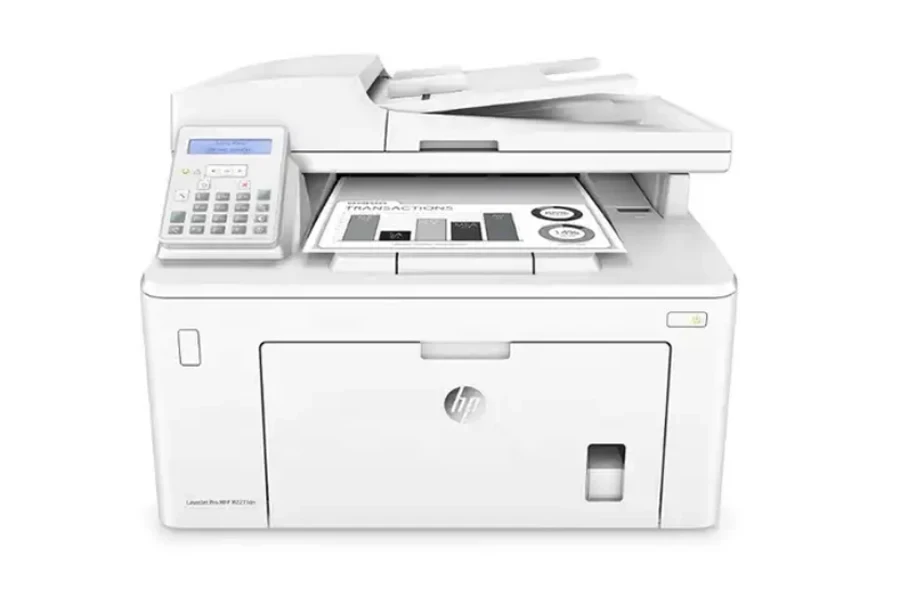
In the realm of laser printers, several key factors play a pivotal role in determining the most suitable choice for business applications. These factors include print quality and speed, cost efficiency and maintenance, as well as connectivity and security features. Each of these elements is crucial in ensuring that the selected printer meets the specific needs of a business environment.
Assessing print quality and speed
When selecting a laser printer, print quality and speed are paramount. Entry-level black and white laser printers, ideal for general home use, offer print speeds up to about 20 pages per minute (ppm). For instance, the HP P1006 model prints at 17 ppm. Mid-range models, suitable for higher volume print jobs in a small office, can print up to 40 ppm, like the Brother HL-5370DWT. Premium black and white printers, designed for small offices, can reach speeds of up to 45ppm, as seen in the HP LaserJet P4014n. Color laser printers, on the other hand, tend to have slower print speeds, especially in budget models. For example, the Konica magicolor 1600W prints color at 5 ppm, while higher-end models like the HP Color LaserJet CP4025dn can print up to 35 ppm in both color and black-and-white.
Cost efficiency and maintenance considerations
The cost of laser printers varies significantly based on their capabilities. Entry-level black and white models range from $70 to $200, while premium models can cost between $500 to $1,500. Color laser printers start at around $120 for entry-level models and can go up to $3,000 for high-end models. The cost of replacement toner cartridges is also a crucial factor, with prices ranging from $20 to $250 or more. A regular black cartridge yields approximately 2,500 pages, while high-capacity toners can yield 5,000 to 10,000 pages. Maintenance needs, such as replacement drum units, which can cost between $30 to $450, and optional duplex units for two-sided printing, starting at about $50, should also be considered.
Connectivity options
Wi-Fi and Wi-Fi Direct: Many modern laser printers offer Wi-Fi connectivity, allowing for wireless printing from multiple devices. This feature is particularly useful in office settings where employees need to print from laptops, smartphones, or tablets without the hassle of wired connections. Wi-Fi Direct further simplifies the process by enabling direct communication between the printer and the device, bypassing the need for a network connection.
NFC (Near Field Communication): Some laser printers are equipped with NFC technology, which facilitates easy and quick pairing with compatible devices. This feature is especially beneficial for printing sensitive documents, as it allows users to initiate printing tasks by simply tapping their NFC-enabled device on the printer, ensuring that documents are printed only when the user is physically present.
Ethernet Connectivity: For offices with a stable network infrastructure, Ethernet connectivity in laser printers ensures a reliable and secure connection. This is particularly important for large print jobs where a stable connection is crucial to avoid interruptions.
Mobile Printing Solutions: Compatibility with mobile printing solutions like Apple AirPrint, Google Cloud Print, and manufacturer-specific apps (e.g., Brother iPrint&Scan) is increasingly common in laser printers. This compatibility offers the flexibility to print from various mobile devices, enhancing convenience for users who are on-the-go or working remotely.
Security features

Secure Print: This feature allows documents to be held in the printer’s memory and released only when a correct PIN is entered. This is crucial for printing confidential documents in shared printer environments, ensuring that sensitive information is not left exposed.
High-Yield Toner Cartridges: While not a direct security feature, the use of high-yield toner cartridges in laser printers contributes to operational security by reducing the frequency of cartridge replacements, thereby minimizing the risk of unauthorized access during maintenance.
Built-in Security Protocols: Advanced laser printers come with built-in security protocols that safeguard data transmission and storage. These protocols are essential in preventing unauthorized access and ensuring that confidential information remains protected.
User Authentication: Some laser printers offer user authentication features, requiring users to authenticate themselves before accessing printer functions. This can be particularly important in environments where document confidentiality is paramount.
In summary, when selecting a laser printer, it’s crucial to consider the balance between print quality, speed, cost efficiency, and the additional features like connectivity and security that meet the specific needs of the business environment.
Top laser printer models of 2024
The laser printer landscape in 2024 is marked by a blend of technological innovation and environmental consciousness. This section highlights specific models that have set benchmarks in efficiency, quality, and eco-friendliness, offering a glimpse into the best options available for businesses.
Leading models for efficiency and quality
HP LaserJet Pro M404n: This model is a standout for its exceptional efficiency and print quality. It’s designed for businesses that require high-volume printing without sacrificing speed or clarity. With its impressive print speed of up to 40 pages per minute and a robust build, it’s a reliable choice for fast-paced work environments.
Brother HL-L2370DW XL: Known for its cost-effectiveness, this printer is ideal for businesses looking to minimize operational costs. It features high-yield cartridges capable of printing up to 4,500 pages, reducing the need for frequent replacements. Its compact design and duplex printing capability also make it a space and resource-efficient option.
Canon Color imageCLASS LBP622Cdw: This model is celebrated for its color print quality and user-friendly features. It offers wireless connectivity and supports various mobile printing options, making it a versatile choice for modern workplaces. Its V2 Color Technology ensures vibrant and sharp color prints, suitable for high-quality business documents.
Innovative and eco-friendly printers
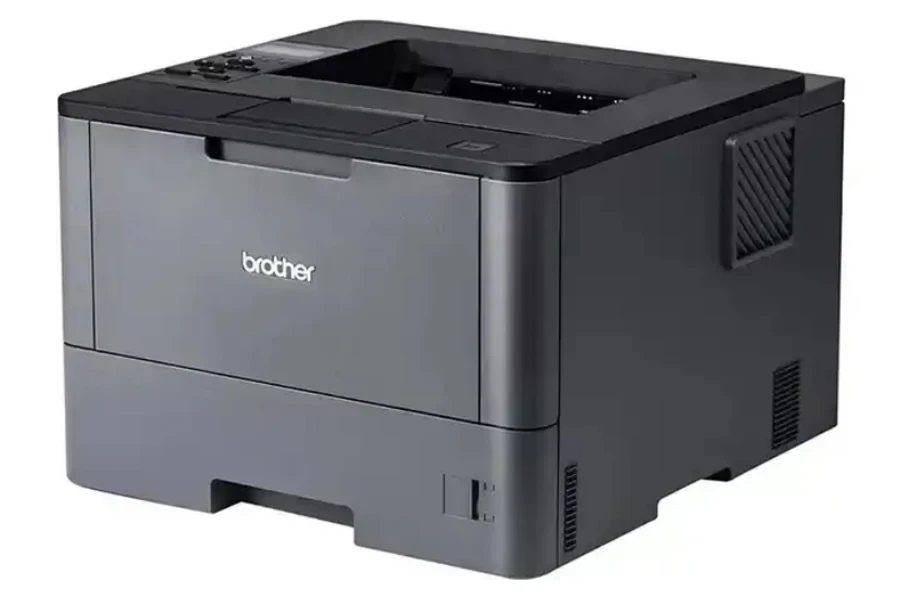
Lexmark C3224dw: Leading the way in eco-friendly printing, this model is built with sustainability in mind. It uses energy-efficient practices and is constructed with recycled plastics. Its compact size reduces its physical footprint, and it offers two-sided printing to save paper.
Xerox Phaser 6510/DNI: This printer is recognized for its advanced features and environmental responsibility. It includes automatic duplex printing and a unique Earth Smart driver setting to minimize waste. The Xerox EA Toner technology reduces the energy consumption during the printing process, making it an eco-conscious choice.
Samsung ProXpress C3060FW: Known for its smart technology integration, this model offers high-quality prints with eco-friendly features. It includes Samsung’s ReCP technology for sharp, vivid prints while maintaining energy efficiency. The printer also supports Samsung’s Easy Eco Driver, allowing users to customize their print settings to reduce paper, toner, and energy usage.
Each of these models represents the pinnacle of laser printer technology in 2024, catering to various business needs from high-speed, efficient printing to innovative, sustainable solutions. They are not just tools for printing but are integral parts of a business’s commitment to efficiency and environmental responsibility.
Conclusion
The laser printer market in 2024 presents a dynamic and evolving landscape, characterized by technological advancements and a growing emphasis on sustainability. From the high-efficiency models like the HP LaserJet Pro M404n to the environmentally conscious Lexmark C3224dw, the industry offers a diverse range of options catering to various business needs. This diversity not only reflects the technological progress in the field but also underscores the importance of informed decision-making for businesses seeking optimal printing solutions. As the market continues to evolve, staying abreast of these developments remains crucial for those looking to leverage the full potential of laser printing technology in a business context.
